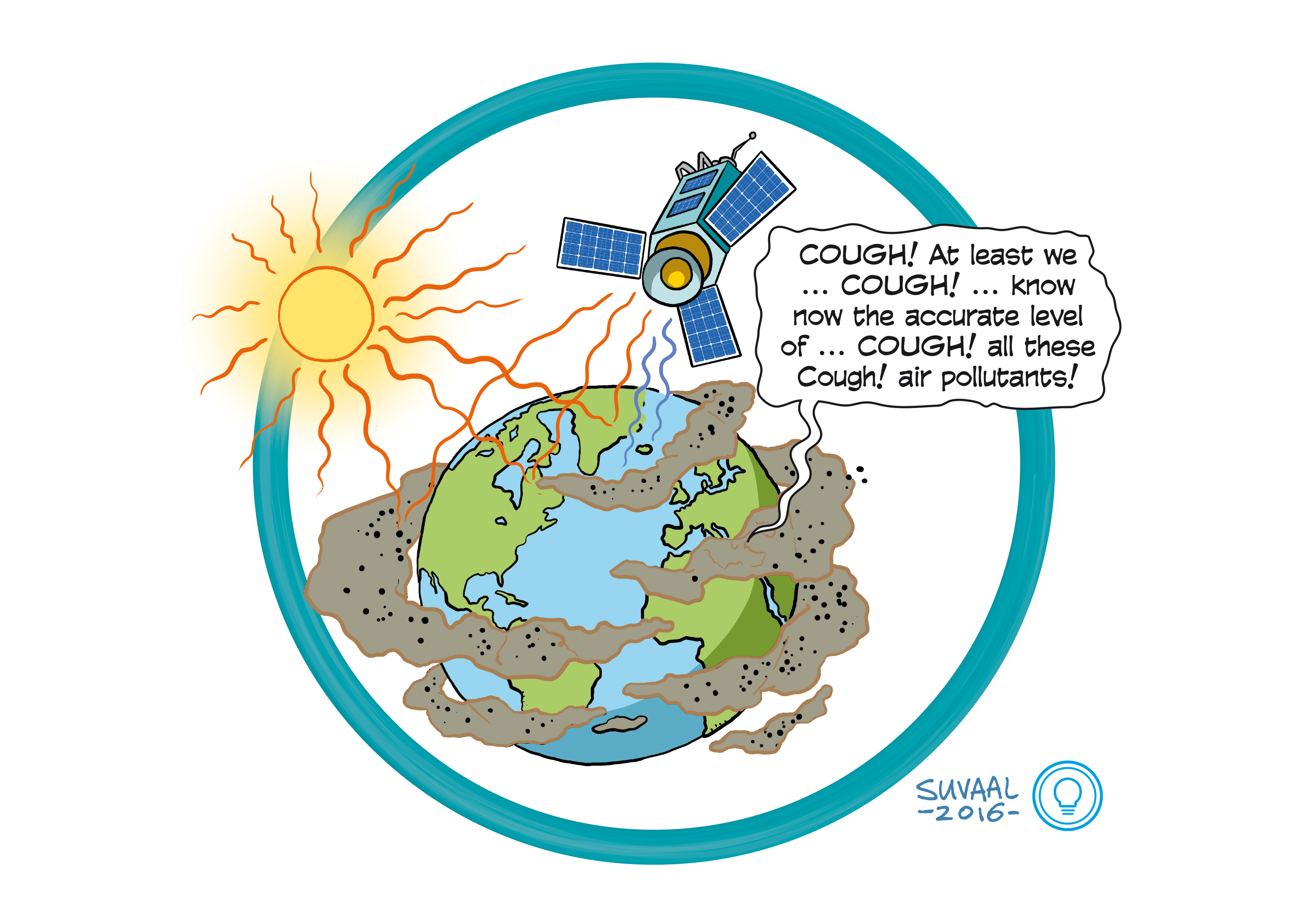Improving the atmosphere NO2 satellite measurements in presence of fine particles
Themes: Aerospace, Social Impact

Early lab scale demonstration

A TRL is a measure to indicate the matureness of a developing technology. When an innovative idea is discovered it is often not directly suitable for application. Usually such novel idea is subjected to further experimentation, testing and prototyping before it can be implemented. The image below shows how to read TRL’s to categorise the innovative ideas.
A TRL is a measure to indicate the matureness of a developing technology. When an innovative idea is discovered it is often not directly suitable for application. Usually such novel idea is subjected to further experimentation, testing and prototyping before it can be implemented. The image below shows how to read TRL’s to categorise the innovative ideas.
Why?
Fine particles (aerosols) largely affect our ability to measure from satellites the concentration of atmospheric NO2 gas, a key element in air quality released by human activities. Their influence must be corrected to improve our knowledge about the spatial and temporal variability of this pollutant.
How?
Different algorithms are developed and assessed in order to 1) detect when aerosols are present in the air, 2) characterize their effects on the satellite measurements, 3) improve the reliability of the quantified atmospheric NO2 concentrations over the world.
When?
The algorithms are expected to be tested at the end of 2016 - beginning of 2017. They are important for the improvements of processing chains of current (Dutch-Finnish OMI project), but also future satellite missions (e.g. the new Dutch TROPOMI satellite, to be launched in October 2016).
Julien Chimot MSc
